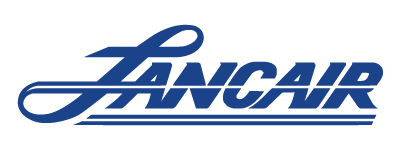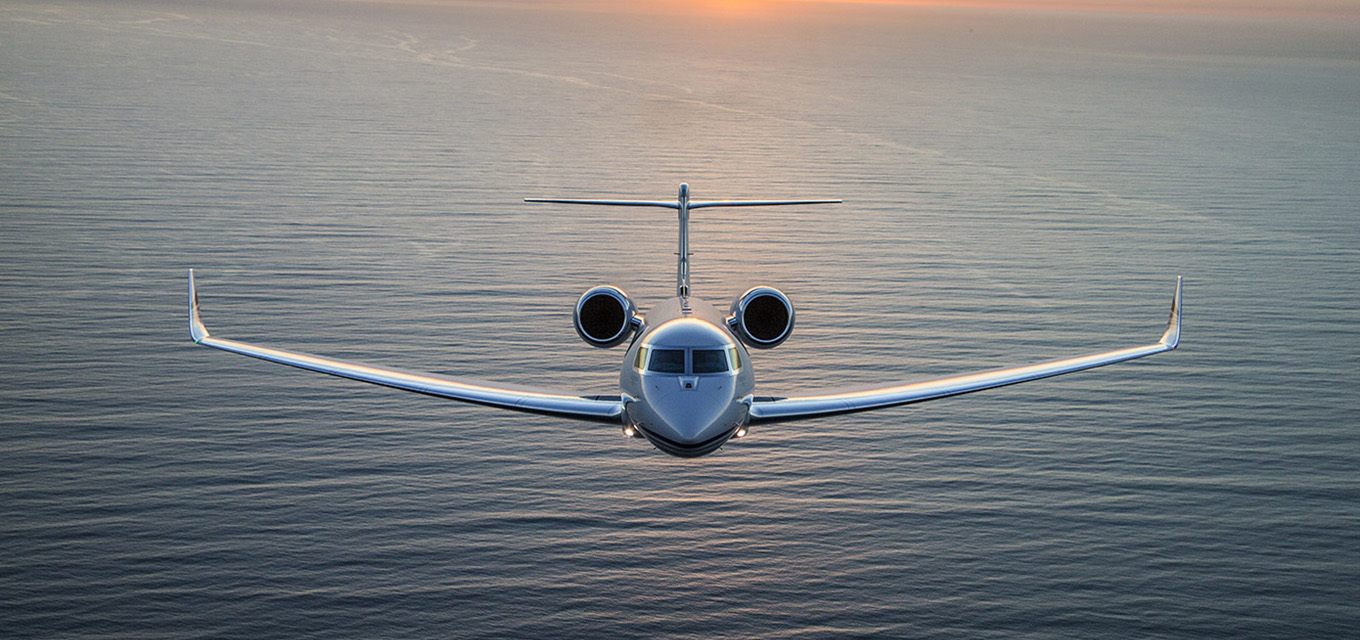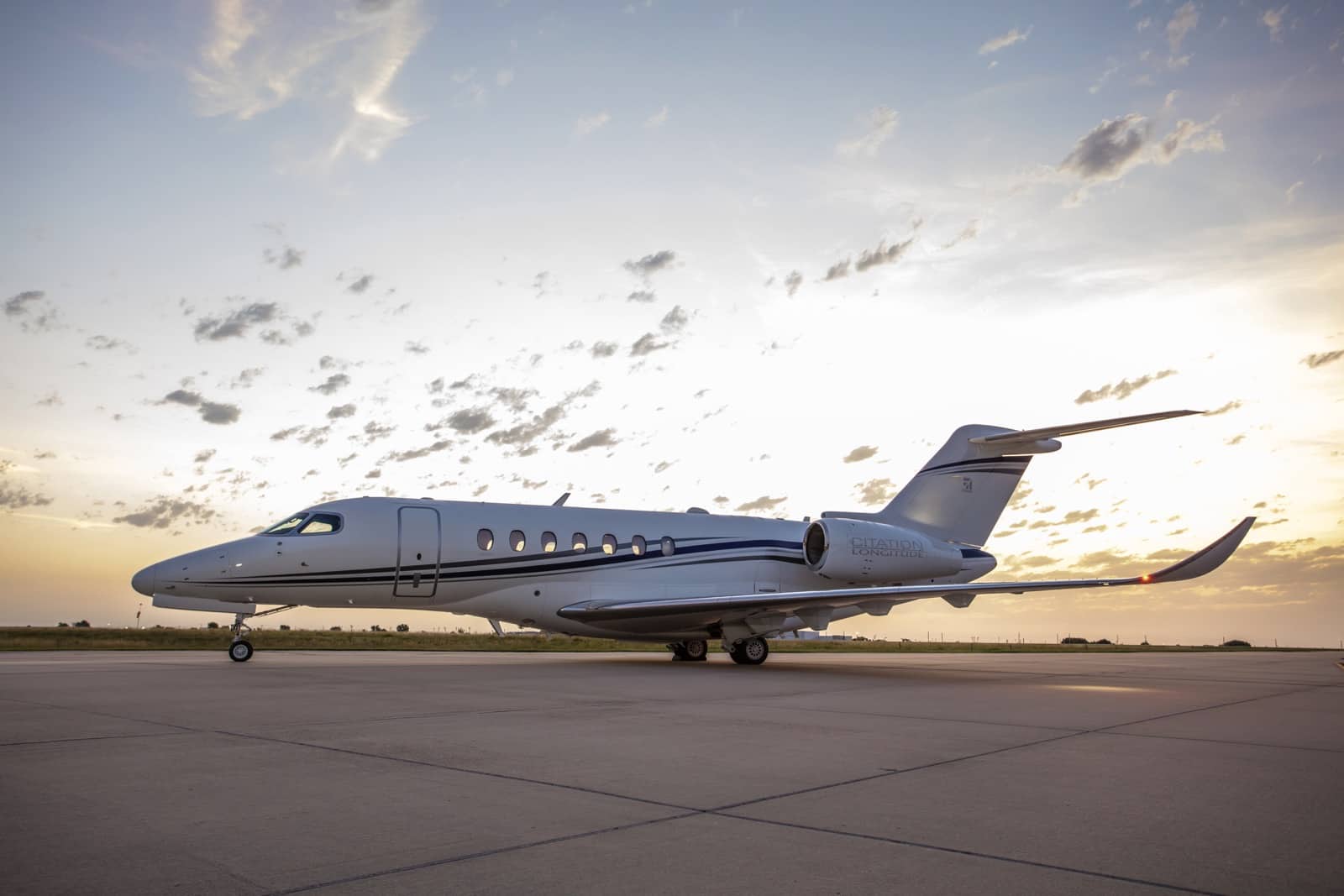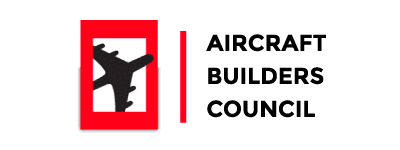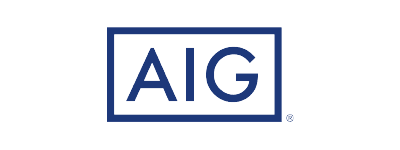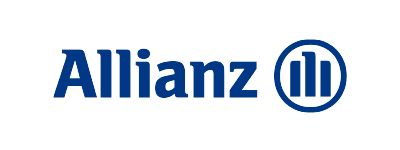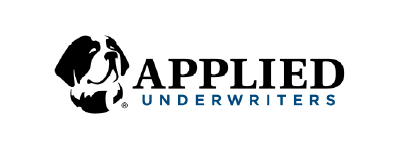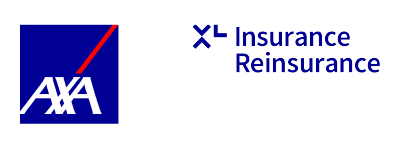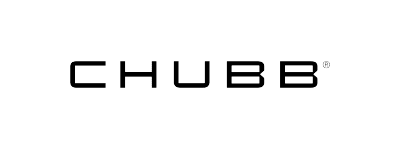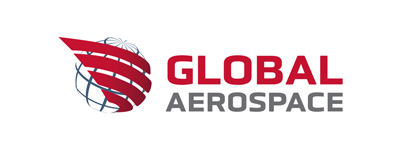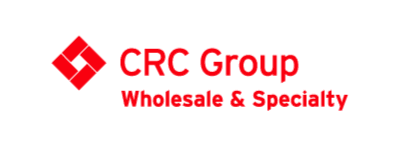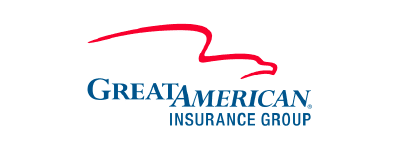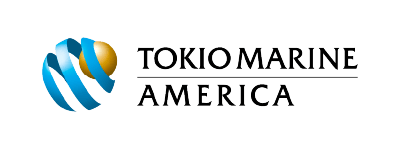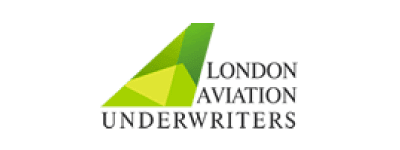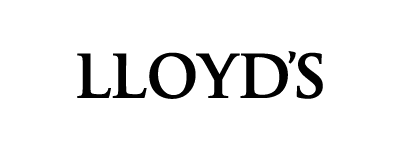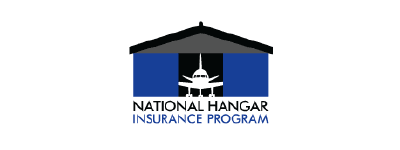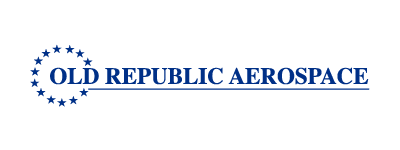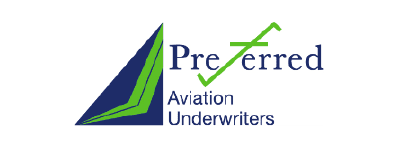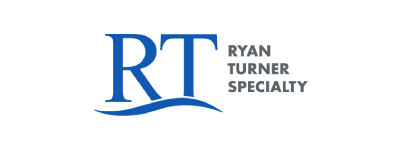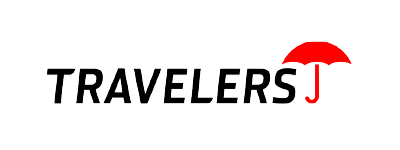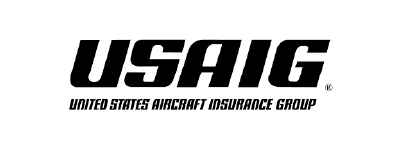Coverage Highlights
What Our Clients Are Saying...
What is covered under aircraft hull insurance?
Basic aircraft hull and liability insurance covers physical loss or damage to the aircraft itself (hull) or to persons or other property (liability). These coverages can be purchased separately or together in the same policy.
The hull value of an aircraft is based on an “Agreed Value,” which is often a close representation of the “bluebook” or market value.
Aircraft liability insurance provides the policyholders with protection against third-party claims involving bodily injury or property damage because of ownership, maintenance, or use of the aircraft. Liability policy limits are based on a number of factors including:
- Minimums as required by law in the state/country of operation
- Type of aircraft operation (Part 91/121/135, etc)
- Number of passengers or type of cargo carried
- Airplane/helicopter size (as measured by maximum take-off weight)
- Number of flying hours per year
Aircraft hull insurance is derived from the marine term “hull” and means physical damage to the aircraft itself. It is designed to protect the interest of aircraft owners, operators, and other parties with a direct financial interest of owners, such as lien-holders.
Aircraft hull and liability insurance has matured into a unique branch of the industry since the first aircraft policy was issued by Lloyd’s of London in 1911. It has become a blend of fire, auto, personal-accident, and marine insurance, having characteristics very different from its antecedents.
Premium Breakdown
If you have elected to combine hull and liability coverage into one policy, the hull portion often accounts for approximately 70% of the overall premium.
Liability often accounts for the the remaining 30% of the total policy premium.
Example: If you have a $1,000,000 aircraft, the insurance company may rate the hull premium at 1%. This would result in a premium of $10,000. And with a $1,000,000 liability limit, it would be common to see the liability premium at $3,500. Total Premium would be $13,500.
The premium charged depends largely upon the experience and ability of the crew members. Aircraft owner/operators may improve their rates based on experience by verifying total hours flown as pilot in command and time in make and model. Pilot experience and training have become a HUGE part of rating the risk of a flight operation. Here is a list of approved flight schools for each make and model aircraft.
What are common options for hull coverage?
The most common option for hull coverage is to insured the aircraft for what it is worth. Over insuring or under insuring will cause a Moral risk. In the event of a total loss – if the aircraft is under insured, the insurance company has the right to take the aircraft and pay the agreed value. If it is overinsured, you may find your aircraft will be in a maintenance shop undergoing extensive repairs when it should have been written off as a total loss.
Already have hull & liability insurance?
One of the most common questions we get as insurance brokers is, “If I already have insurance on my aircraft, can any other broker get me quotes or am I locked in with my current broker?”
The aircraft insurance industry is a very small industry. There’s often somewhere between 15-20 underwriters, total. If your current broker makes a submission to certain companies within a 90 day renewal period, it blocks other brokers from receiving the right to quote. The reason it works this way is because it’s a small industry and underwriters receive 30-50 different submissions a day. If they had to quote every submission 2-3 times it would make their workload overwhelming and your rates increase.
Questions to provide your insurance carrier
We are now in a period where underwriters no longer just quote a hull and liability limit. They are taking a much more controlled and hands on look at an aircraft hull liability insurance policy.
- Who owns the company? LLCs are often holding companies. What is the names and percentages of ownership?
- What is the effective date or renewal date? Aviation Insurance companies don’t like to quote or compete for new business when there’s an existing policy unless it’s coming up for renewal. Your renewal is the time to negotiate these terms, not mid term.
- What is the details of the operation? Are there dry leases? Is there any non-owned exposure where the insured is fly other aircraft? How many hours does the aircraft fly per year? What is the average passenger load? Is there any international exposure? Where does the aircraft typically fly to?
Our Partners
Aircraft We Cover

Aero Commander IAI Westwind / 1123 / 1124 / II
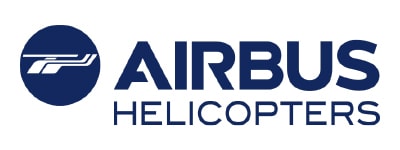
Airbus
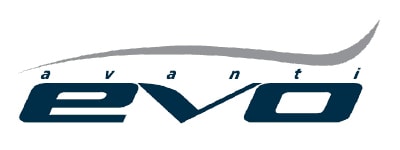
Avanti EVO
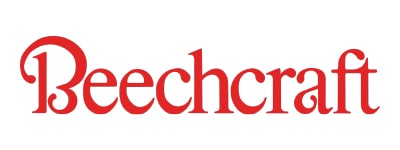
Beechcraft

Beechcraft Baron / G58

Beechcraft Baron 58P / TC

Beechcraft Bonanza / G36

Beechcraft Denali

Beechcraft King Air 100

Beechcraft King Air 200

Beechcraft King Air 250

Beechcraft King Air 260

Beechcraft King Air 360 / ER

Beechcraft King Air 90

Beechcraft Premier I

Beechcraft Super King Air 300 / 300LW

Beechcraft Super King Air 350 / 350C / 350i / 350iER

Bell
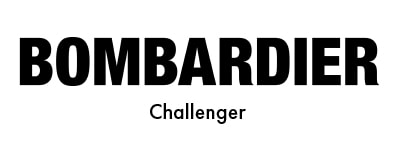
Bombardier Challenger

Bombardier Global
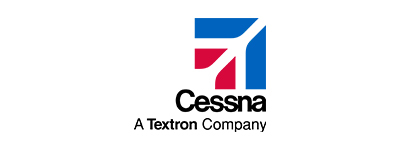
Cessna
Cessna 172
Cessna 182
Cessna 206
Cessna 210
Cessna 414 Chancellor
Cessna 421 Golden Eagle
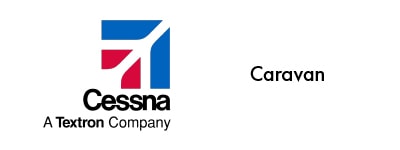
Cessna Caravan
Cessna Caravan 208
Cessna Citation 525
Cessna Citation Bravo
Cessna Citation CJ1
Cessna Citation CJ2
Cessna Citation CJ3
Cessna Citation CJ4
Cessna Citation Encore
Cessna Citation Excel
Cessna Citation I / 500
Cessna Citation II/SP
Cessna Citation III
Cessna Citation Latitude
Cessna Citation Longitude
Cessna Citation M2
Cessna Citation Mustang
Cessna Citation S/II
Cessna Citation Sovereign
Cessna Citation V / Ultra
Cessna Citation VI / 650
Cessna Citation VII / 650
Cessna Citation X / 750
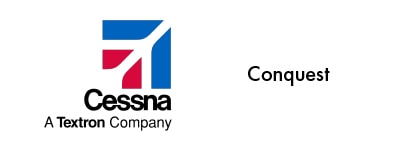
Cessna Conquest
Cessna Conquest I / 425
Cessna Conquest II / 441
Cessna Grand Caravan 208B EX
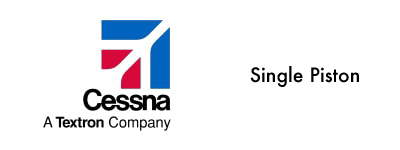
Cessna Single Engine Piston
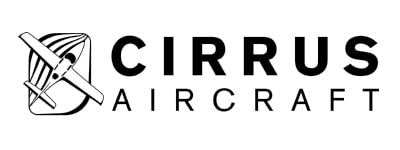
Cirrus

Cirrus SR20

Cirrus SR22

Cirrus Vision Jet SF50
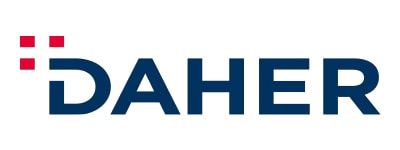
Daher

Daher Kodiak 100

Daher-Socata TBM-700

Daher-Socata TBM-850

Daher-Socata TBM-900

Daher-Socata TBM-910

Daher-Socata TBM-930

Daher-Socata TBM-940

Daher-Socata TBM-960
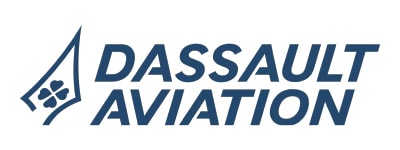
Dassault Falcon
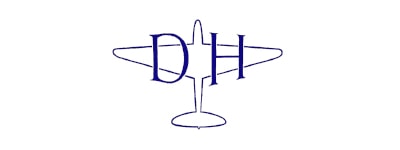
De Havilland Canada

De Havilland Canada DHC-3 Otter

De Havilland DHC-2T Turbo Beaver

Diamond

Diamond Aircraft DA40 Diamond Star

Diamond Aircraft DA42 Twin Star

Diamond Aircraft DA50 / DA50 RG

Diamond Aircraft DA62 / DA52
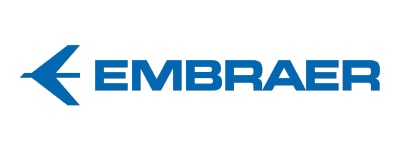
Embraer

Embraer Legacy 450

Embraer Legacy 500

Embraer Legacy 600

Embraer Legacy 650 / E

Embraer Legacy Shuttle

Embraer Lineage 1000 / 1000E

Embraer Phenom

Embraer Phenom 100 / 100E / 100EV

Embraer Phenom 300 / 300E

Embraer Praetor 500

Embraer Praetor 600
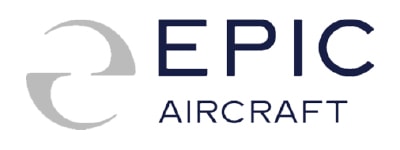
Epic

Epic E1000

Epic E1000 GX
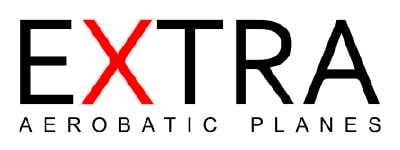
Extra
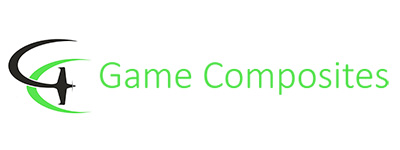
Game Composites
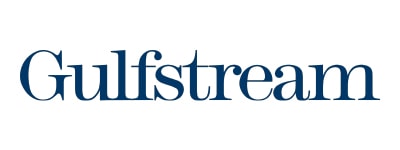
Gulfstream
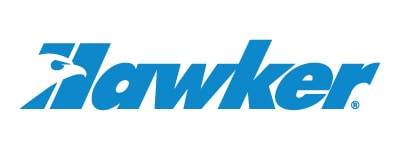
Hawker
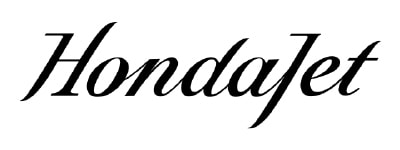
Honda Jet
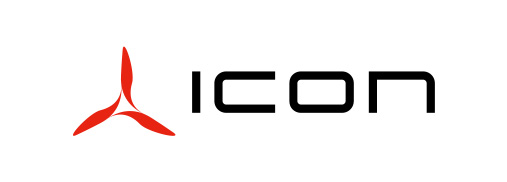
Icon

Icon A5
